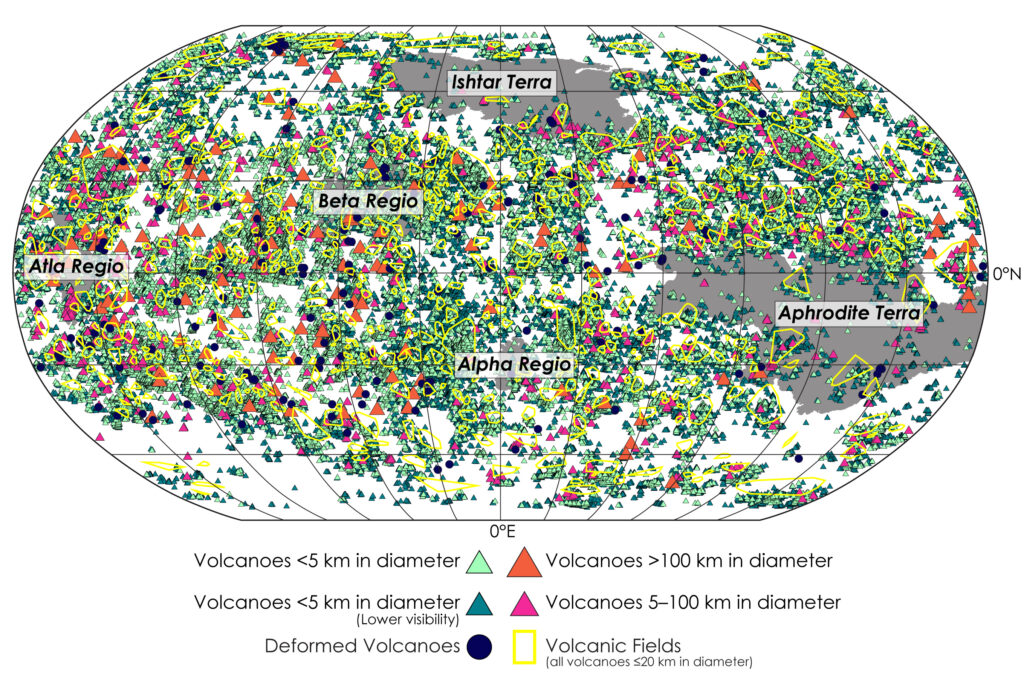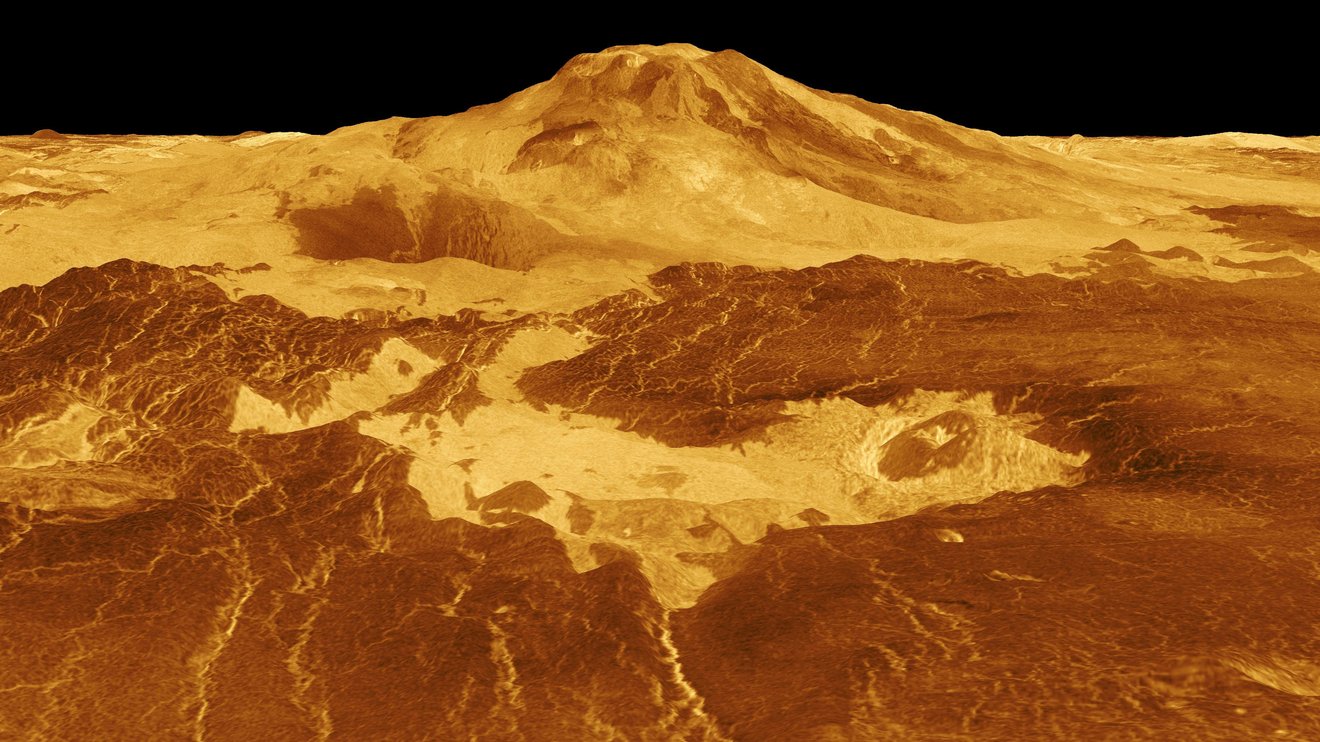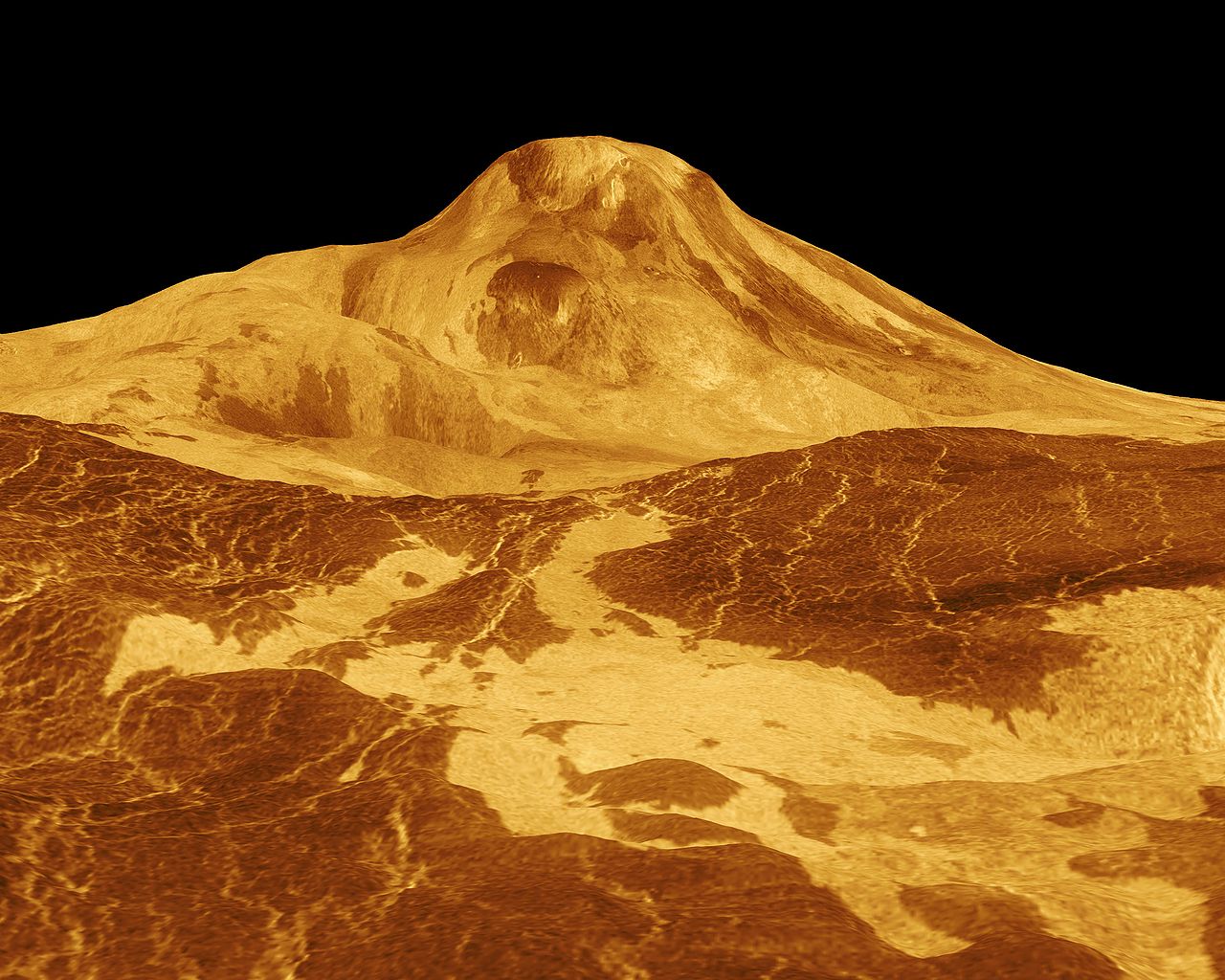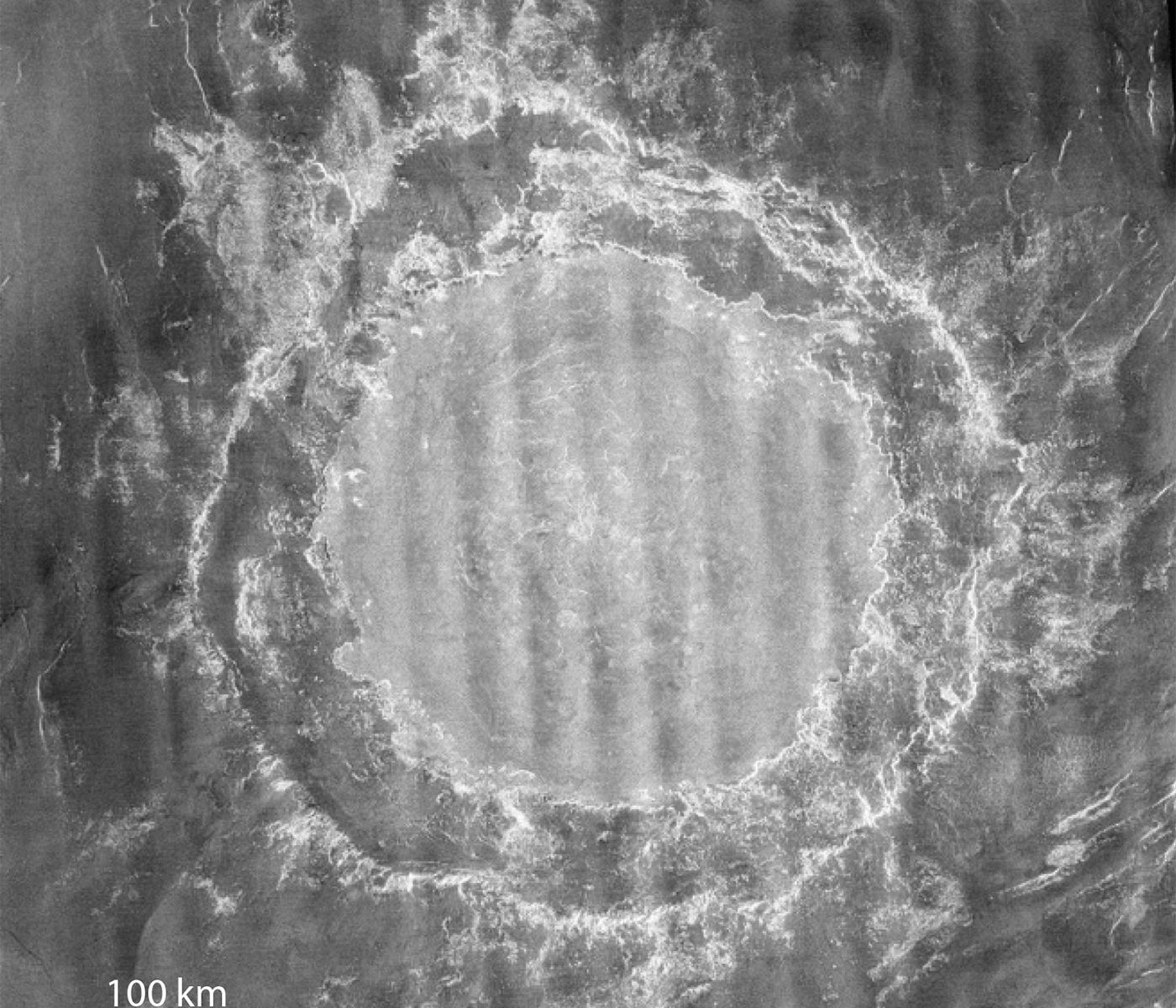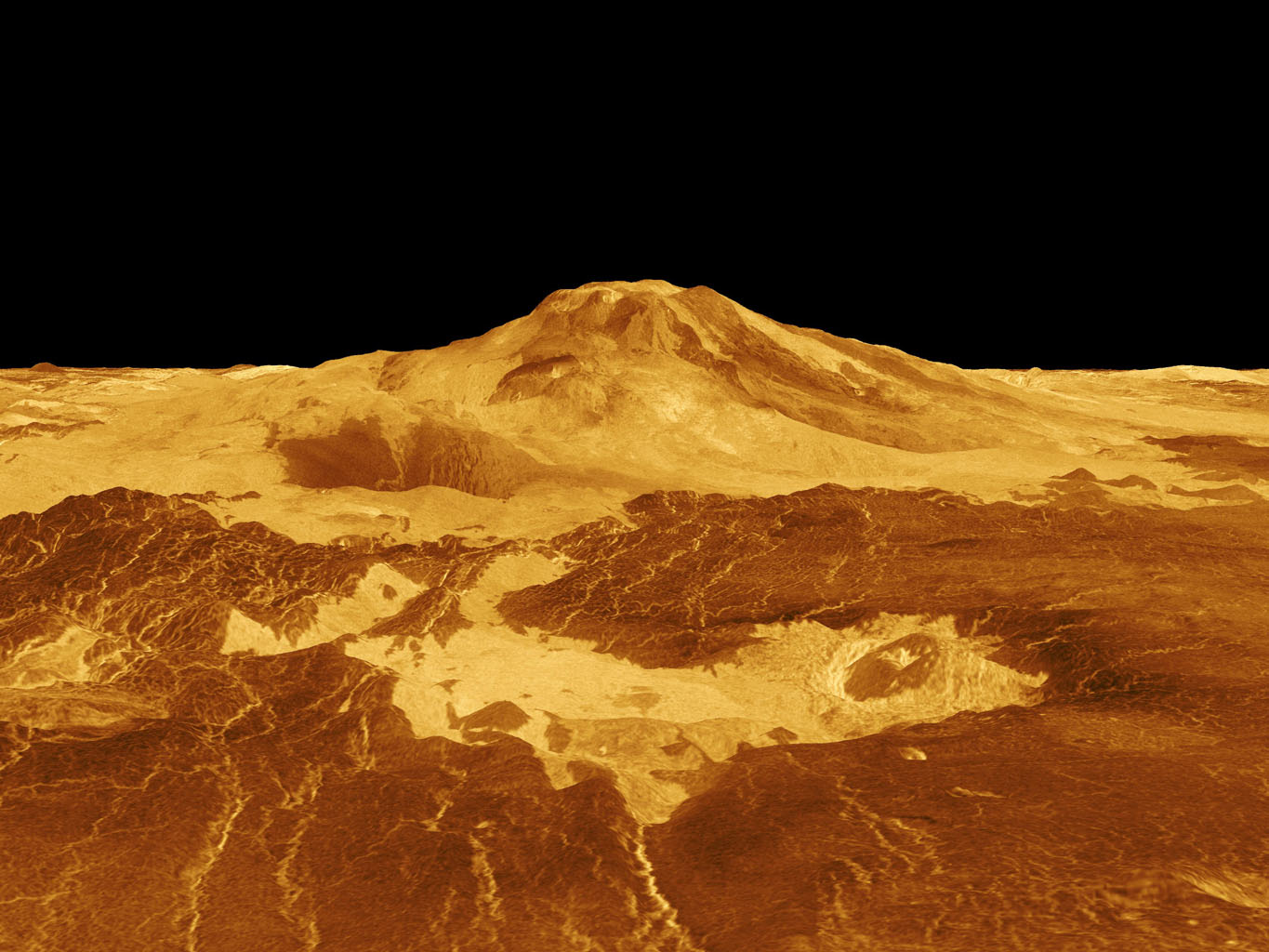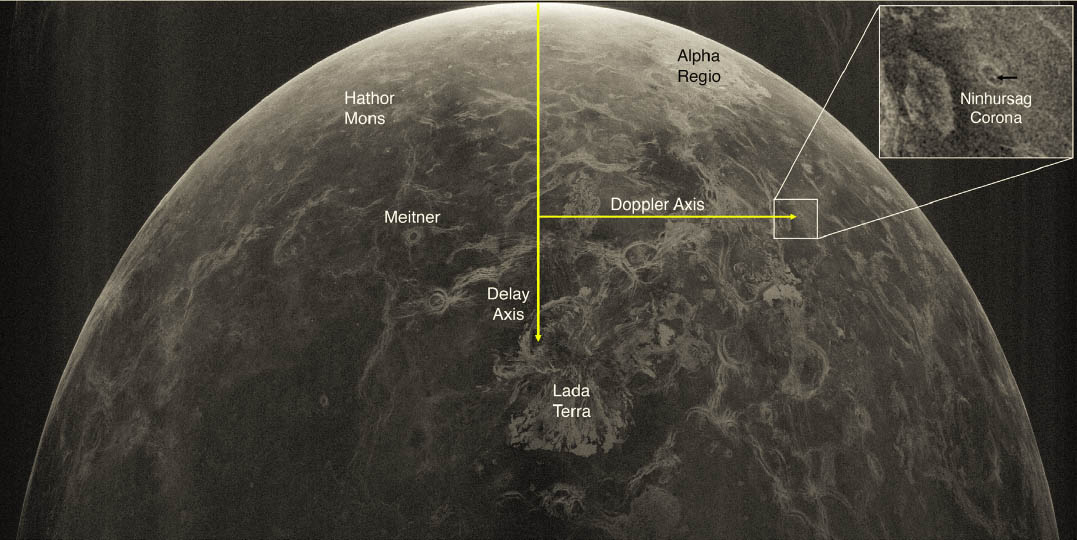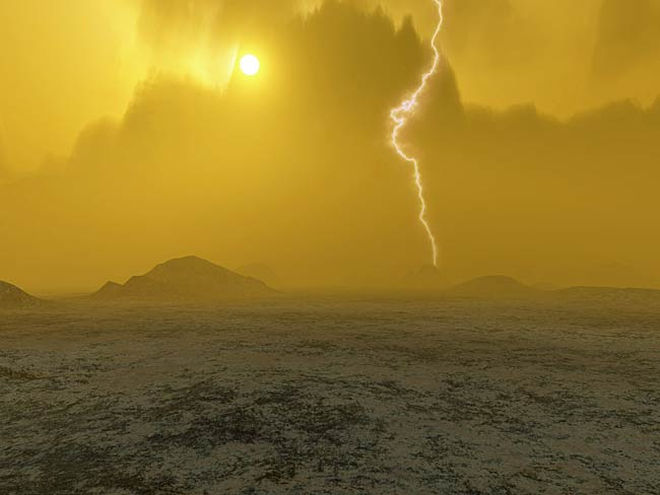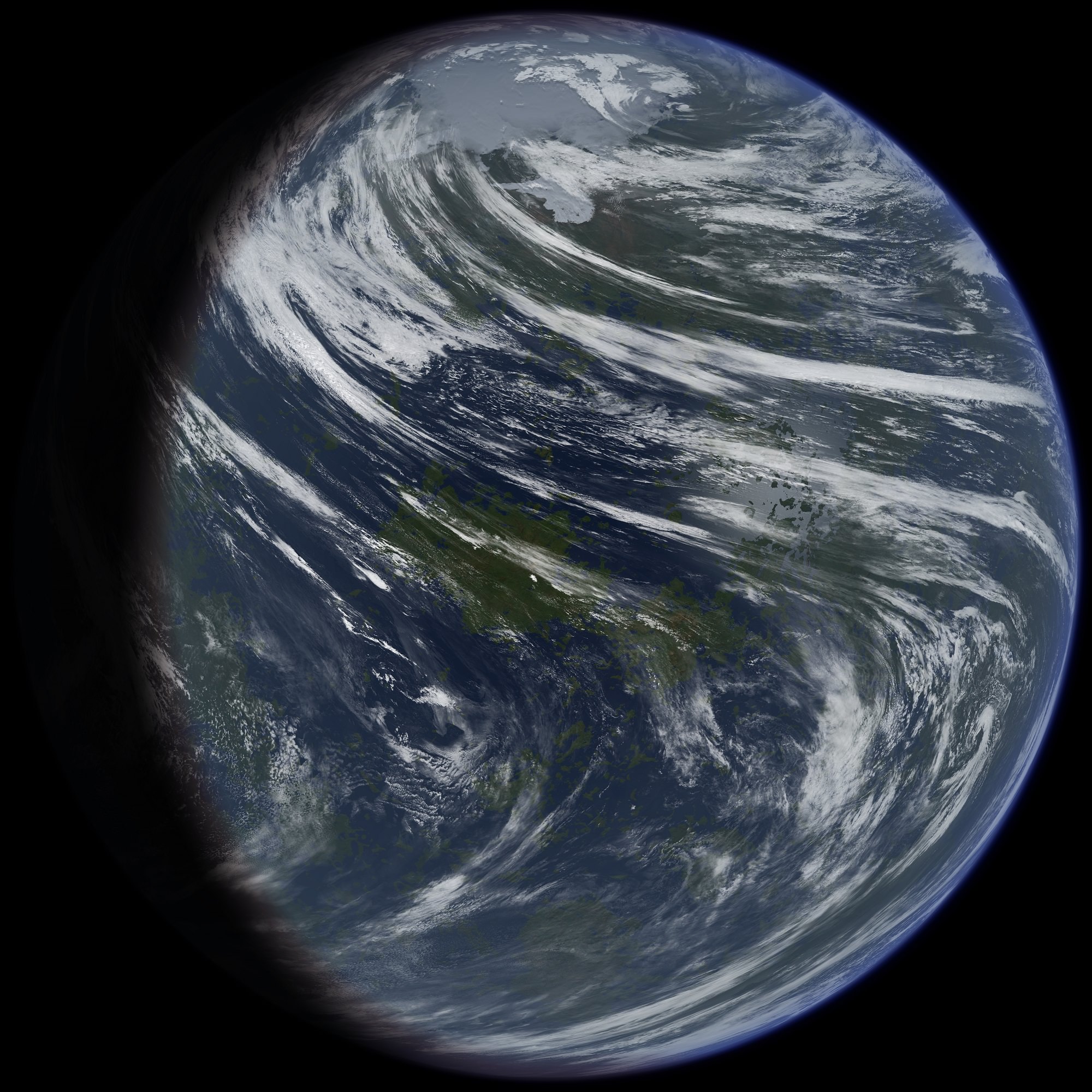A new map created with decades-old radar imagery from NASA’s 1990’s Magellan mission shows the locations of a whopping 85,000 volcanoes on Venus. The detailed map displays where the volcanoes are, how they’re clustered, and how their distributions compare with other geophysical properties of the planet such as crustal thickness.
This comprehensive study of Venus will help planetary scientists answer many outstanding questions about the planet’s geological history, such as why doesn’t it have plate tectonics like Earth? Was it ever habitable, and if so, for how long?
Continue reading “We Now Have a Map of all 85,000 Volcanoes on Venus”
